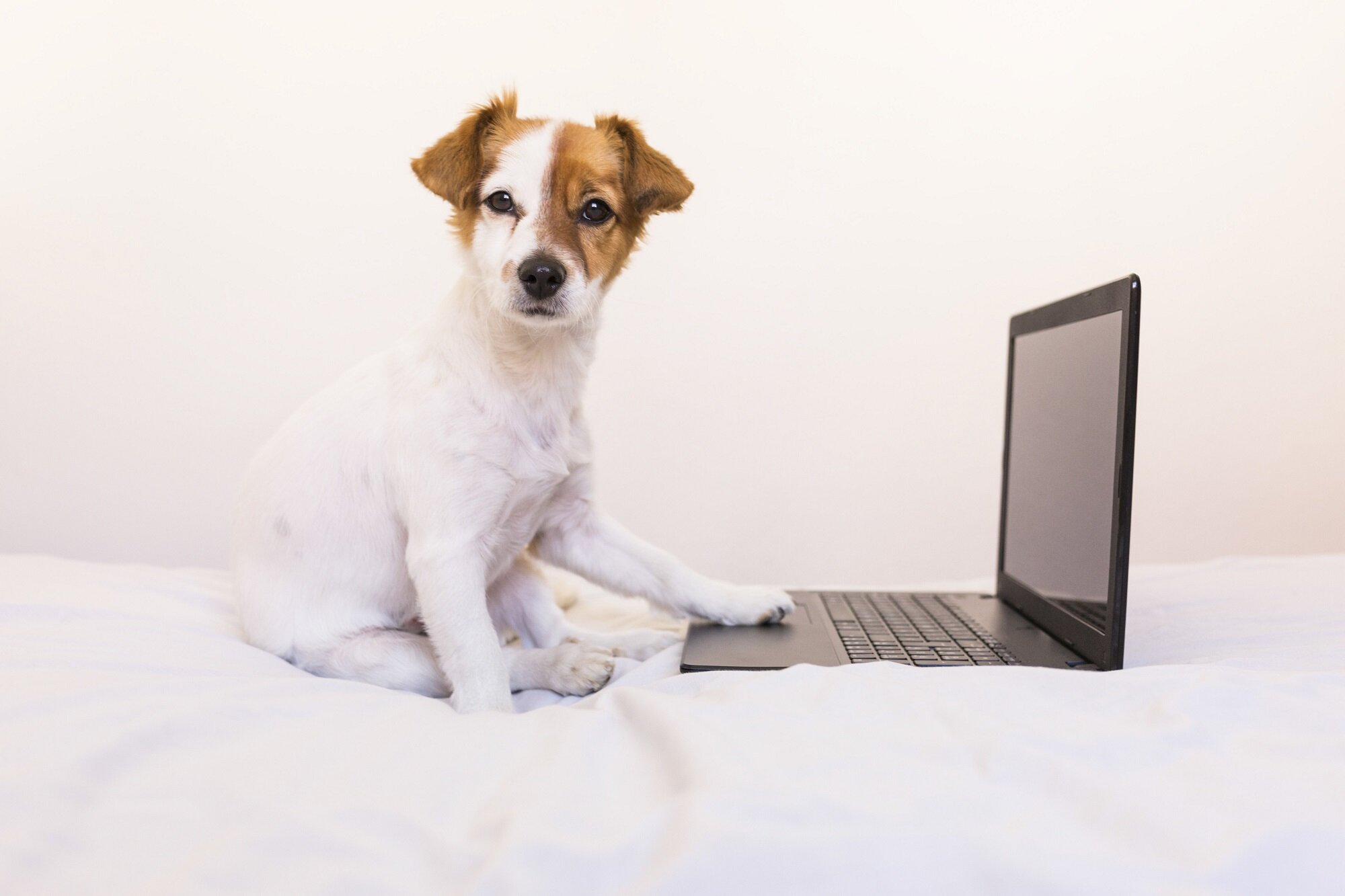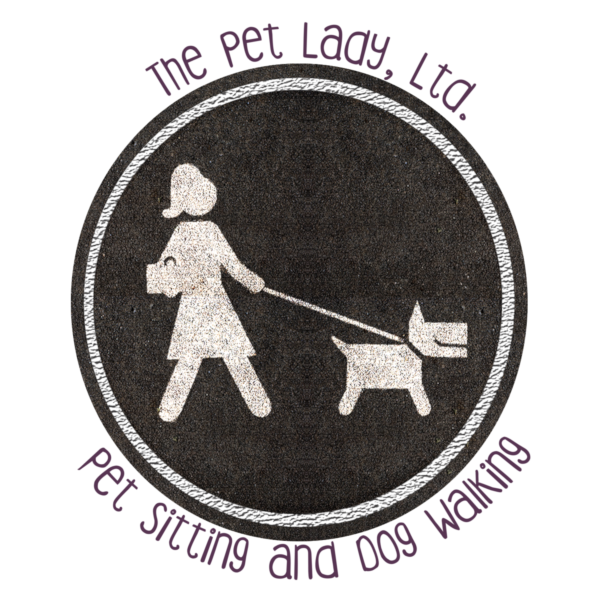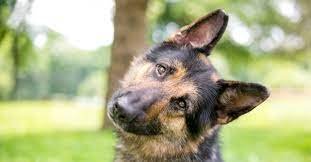
Blog
Asking For A Fur-Friend
Puppy Pawsitivity
You just brought a puppy home and your friends start telling you horror stories about taking their dog to the vet, the groomer, and how their dog is afraid of the car… you wonder, is there a way to get my puppy to like these things? How can I help my dog enjoy new experiences? Have no fear! Dogs Can Do is here!
You just brought a puppy home and your friends start telling you horror stories about taking their dog to the vet, the groomer, and how their dog is afraid of the car… you wonder, is there a way to get my puppy to like these things? How can I help my dog enjoy new experiences? Have no fear! Dogs Can Do is here!
There are very easy steps you can take to create positive experiences for your pup even in places most of our canine companions hate going. Let’s review the basic principles you’ll need to follow.
Many people will tell you to give your dog treats at the vet or the groomer as this will help your dog enjoy these establishments. This sounds simple, but there are important factors missing from this advice.
Imagine, you take your dog to the vet, you have your treats at the ready. You enter the vet office and attempt to feed your dog. Your puppy ignores the treat, it’s as if it isn’t even there! You figure “she must not be hungry,” and continue the visit with an upbeat attitude, hoping this will do the trick.
What’s actually happening is that your dog is already too afraid to eat! How is this possible? You just walked into the waiting room. Nothing happened! Try and see things from your dog’s point of view; this is a new and unfamiliar environment. Other dogs in the waiting room are already nervous (pacing, panting, whining). While these signals are enough to put your puppy on edge, we’re still forgetting a major factor…. YOUR DOG’S SENSE OF SMELL!
Dogs’ sense of smell is far greater than ours. Dogs can smell chemical changes in our bodies and in other dogs. So, while we only see and hear signs of discomfort from other dogs your puppy can actually smell their fear.
How do we counterbalance this? We need to take things a step further. When taking your dog to the vet, go early so you can spend time outside. Take your dog for a walk around the block before going into the office, this puts them in a neutral state of mind. We’re also going to incorporate basic obedience. This creates the opportunity for us to give our dog treats for performing cues they already know.
This process will shift your dog into obedience mode, get them to take treats, and enjoy themselves. Now, when we move into the waiting room, we are going to use a simple cue to keep our dogs focused on us; “Watch.” The “watch” cue is used to get our dog to make eye contact with us. Before coming to this visit you will have practiced “watch” at home. You say “watch” and your dog has learned that looking at you will get them a treat.
By taking your dog for a training walk before entering the vet’s office you’ll have help them access the thinking part of their brain. They want to work and earn that treat. Once you’re in the office you’re going to use “watch” to prevent your dog from fixating on what’s going on around them (i.e. fearful dogs) and keep their attention on you. Furthermore, since your dog is already in the proper state of mind, she will happily take the treats being given. This is how we create the idea that “Going to the Veterinarian means good things!”
You can apply this simple process to various situations, going to the groomer, pet store, even a friend or family member’s home your pup’s never been to before. The key is to start with the right mindset (via our training walk) and give them something to do once we’ve gone inside (“watch”).
Now, let’s discuss car rides. Many dogs are afraid of the car because the only time they go for a ride is to go to the dreaded Vet or Groomer. How do we solve this problem? BEFORE ever going to the Vet or Groomer, take your dog for short care rides to create good experiences. You can take short rides where you have no real destination or when you need to go through a drive through for coffee, food, or the bank. The best part? You don’t even need treats!
Rolling your windows down slightly to let in smells will be something your dog finds rewarding. Dogs love experiencing new smells. Additionally, we’re creating safe / neutral experiences which helps our dogs see car rides as being fun and exciting.
By following this simple formula of taking your dog for a training walk before entering new environments and then rewarding them once you’ve gone inside, we’re able to form positive associations for our dogs and prevent them from becoming fearful. Taking this extra step will save you and your puppy from a lot of unnecessary stress!
Dogs and Kids: Cuteness Overload!
Your baby is crawling on the floor and starts splashing in the dog’s water bowl. Your dog looks at the baby and then at you. Everyone smiles and laughs. Some may take videos and post to social media. But, what’s really going on with your canine companion? How does he feel?
Your baby is crawling on the floor and starts splashing in the dog’s water bowl. Your dog looks at the baby and then at you. Everyone smiles and laughs. Some may take videos and post to social media. But, what’s really going on with your canine companion? How does he feel?
Most people look at this scenario and think “Oh how cute!” The problem is that they are missing the dog’s cue’s. A baby plays with a dog’s water bowl and the dog’s ears pin back, she hangs her head, and is looking to mom as if to say “Are you going to take care of this?” (clear signs of stress).
Both children and dogs look to us as parents and expect us to handle things. If situations like this continue the dog may take it upon himself to correct the child. And how do dogs correct? Through measured bites. Something that isn’t going to cause damage to another dog, but as humans, and babies in particular, will cause injury as we are not as sturdy as them.
As parents and pet parents we should be managing these situations. We keep the baby and the dog separate and monitor any short interactions. Dogs naturally expect other dogs to give their litter space and as humans we should teach the same. Eventually, and gradually allowing for slow, controlled, and observed greetings.
Teaching our dogs to give children space, as a general rule of training, but also teaching our children how to approach and interact with our dog. By employing this approach you’re making both your child and dog feel better. They understand that mom and dad will handle things and all is well.
As our children get older, we should be educating them on how to properly spend time with our dog. As a trainer I’ve seen too many instances where a parent finds it funny that their child will go up to their dog, get in their face, pull on their ears, or be rough with them in general. This could cause a dog to lash out. Often people see the dog as being a problem or aggressive. But, when you review the situation it may just be that the dog was responding like a canine would instinctually as there was no intervention by mom and/or dad.
This isn’t to say that there aren’t instances when a dog will respond inappropriately and that’s a different story. However, I believe as people we neglect to see things from our dog’s perspective and don’t consider how they communicate.
Why Dogs Don’t Behave
Many Pet Parents wonder why their dog behaves badly. Why doesn’t my dog come when I call her in from the yard? She always comes when I call inside our house! She only listens when she wants to!
Many Pet Parents wonder why their dog behaves badly. Why doesn’t my dog come when I call her in from the yard? She always comes when I call inside our house! She only listens when she wants to!
This is a common complaint that I hear from Pet Parents. In their mind their dog is ignoring them and only listens when they want. But, that isn’t the case. Dogs rarely if ever act out of spite. So, what’s actually going on?
In this particular situation the dog can come when called inside because there is very low distraction in the home. Therefore, nothing is competing for her attention. But, if my dog is outside and won’t come when I call her it’s likely because she’s distracted. It could be that it rained yesterday so the grass is more fragrant and compels my dog to explore the new scents. It may be much more enticing. Perhaps she sees a squirrel and is chasing him, or a neighbor is outside and has peaked her curiosity.
I always explain to people that you CAN get your dog to recall from outside. The important thing is to gradually expose her to distraction when you’re training. If your dog hasn’t practiced commands in the presences of distractions, they will not be able to “listen” in a real life situation when they pop up.
My dog’s always barking at strangers, he’s so rude! Again, we’re thinking like a human. To us, bothering someone for coming to our door or passing by is being rude. Dogs don’t think in these terms. For your dog they see this stranger as a threat and are trying to warn them off. Essentially saying “Hey! Get out of here! Mom, there’s a threat nearby!”
In this scenario it’s our job to teach our dogs who’s safe and that there isn’t any danger. We do this through proper training.
Let’s look at one more example. When we’re walking my dog is lunging at barking at other dogs. I get to him as quick as I can. I pet him and tell him everything is okay, but he just won’t listen!
This is a major difference in communication. As humans we can communicate to one another with soothing words and gestures to calm one another down. To a dog on the other hand, my soft soothing voice is weak in it’s vibration. My dog thinks I’m afraid and that he must protect me. To make things even worse, I’m petting my dog while he’s misbehaving. My human intention is to soothe, but all my canine companion understands is that he’s being rewarded (through affection) for his behavior.
The next time you think you have a “bad dog” try thinking a little deeper and consider things from his/her perspective.
If you are located in the Naperville, Elmhurst, Villa Park or Lombard, IL communities and are in need of Dog Training or Dog Walking services reach out to us here or give us a call at 847.802.9534
Loose Leash Walking
Have you ever seen someone walking their dog and thought “I wish my dog would behave like that!”?
How do you teach a dog to walk on a leash? The struggle is real my friends. But Can Do is here to help! Here’s a simple exercise to help you and your pup start walking like pros.
Have you ever seen someone walking their dog and thought “I wish my dog would behave like that!”?
How do you teach a dog to walk on a leash? The struggle is real my friends. But Can Do is here to help! Here’s a simple exercise to help you and your pup start walking like pros.
Start in a Low Distraction Environment & Keep it Simple
Our natural instinct as humans is to take our dog outside and expect him to behave. But, we forget how distracting the outside world can be to our dog. There are so many smells, sights, and sounds that it’s easy for our dog to tune us out.
The best way to teach your dog to walk on a loose leash is to start in an area that isn’t so distracting. Start inside your home. Put your dog on leash, face your dog then say “Come” and move backwards. Facing your dog helps her engage with you and WANT to follow you. After you move backwards a few feet say “Yes” to let her know she’s done a good job. Then, reward her with a treat. Once your dog has come to you, turn the other way and face her again saying “Come!” while you do. When she reaches you, say “Yes” and reward her with a treat.
Once your dog understands to follow you when you face him and move backwards it’s time to move on to the next step. Now, you’re going to have your dog at your side and will be walking in the same direction. Before you start walking say “Let’s Go.” This time only travel a short distance, about 1 to 2 feet and stop. When you stop ask your dog to “Sit” this will help him understand that it’s time to stop walking. Once your dog sits say “Yes” and give him a treat.
As your dog starts to understand this exercise you will gradually start to walk further and further…first 1 foot, then 2 feet, then 3 and so on.
Taking it Outside
After your dog is following you inside with ease it’s time to move outside. Now, we’re NOT going to ask our dog to go on an entire walk without pulling. That would be like teaching someone to dribble and tell them they are ready to play and actual basketball game. We haven’t taught the person to shoot, move while dribbling, or deal with other players trying to block him.
You’re going to make time for “Training Walks.” For now, when you’re on your dog’s regular walk you aren’t going to expect good manners just yet. Instead, pick random times when you normally wouldn’t be taking your pup for a walk, these will be your “Training Walks.”
During your Training Walks it’s important to only work in a small area. This may initially be as little as 5 feet. You’re going to start from the beginning steps. Again, you’ll start by facing your dog, saying “Come” and then moving backwards. You’re going to move back only a couple of feet just like when you began working inside. This is a new scenario for our pups and we need to teach them to listen in the presence of more distraction. That being said, start from the beginning and run your repetitions of facing your dog and moving backwards. Next, you will start to have your dog follow at your side just like before. Remembering to keep it as easy as it was when you started inside.
As your dog improves you will increase the distance you move with her outside, gradually building to the point where you can take her on an entire walk on a loose leash.
If you need help teaching your dog proper leash manners and are in the Naperville, Elmhurst, Villa Park, or Lombard communitites please reach out to us to schedule a free evaluation here or call us at 847.802.9534








